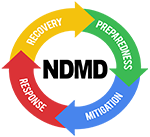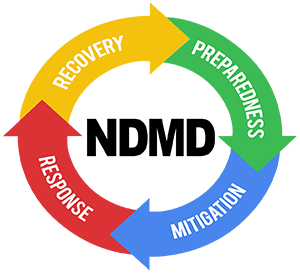Sea Level Rise is the current or future sea level associated with Global Warming.
Coastal zones and Low lying Areas
Cutting Carbon emissions can make a modest difference in sea-level rise in the near term
Move Developments to higher elevation
When sea levels rise rapidly, as they have been doing, even a small increase can have devastating effects on coastal habitats. As seawater reaches farther inland, it can cause destructive erosion, flooding of wetlands, contamination of aquifers and agricultural soils, and lost habitat for fish, birds, and plants.
When large storms hit land, higher sea levels mean bigger, more powerful storm surges that can strip away everything in their path.
In addition, hundreds of millions of people live in areas that will become increasingly vulnerable to flooding. Higher sea levels would force them to abandon their homes and relocate. Low-lying islands could be submerged completely.
Global Warming: An increase in the earth’s average atmospheric temperature that causes corresponding changes in the climate and that may result from greenhouse effect.
Greenhouse Effect: an atmospheric heating phenomenon, caused by short-wave solar radiation being readily transmitted inward through the earth’s atmosphere but longer-wavelength heat radiation less readily transmitted outward, owing to its absorption by atmospheric carbon dioxide, water vapor, methane, and other gases; thus, the rising level of carbon dioxide is viewed with concern.
Thermal expansion: When water heats up, it expands. About half of the past century’s rise in sea level is attributable to warmer oceans simply occupying more space.
Global Warming – Sea Level Rise Hazard

